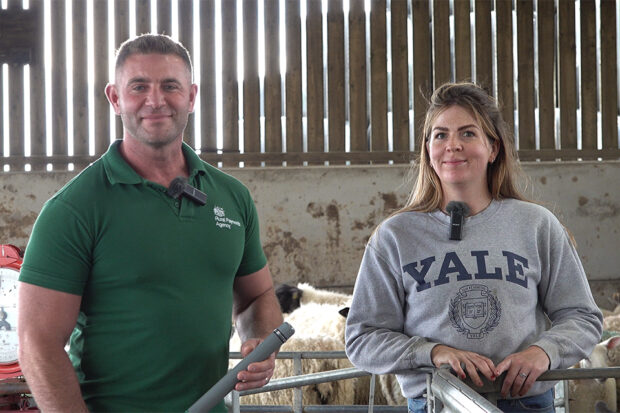
RPA has launched its first ‘What to expect from an RPA farm visit' video, providing farmers with essential information about sheep and goat identification visits and how to effectively prepare for them.
The video series will form part of RPA's broader strategy to support farmers in meeting their regulatory obligations. We carry out visits for regulatory purposes, but we also aim to support farmers by offering advice and guidance to help improve compliance with standards and scheme requirements.
Livestock visits are a legal requirement and may be conducted with up to 48 hours' notice.
In this video we see Field Officer Ben Hastings go through the stages of a sheep and goats visit.
He covers:
- records check – on and off movements
- biosecurity protocols
- physical headcount of sheep/goats on farm
- sample ear tag check of 60 animals
- keeper details and replacement tags
- birth/identification
- deaths
- annual inventory
- more advice and next steps
Once a visit is complete, the Field Officer will discuss their findings with you and where necessary, give guidance on how to correct any errors. It is a good opportunity for you to ask any questions as the Field Officer can answer any queries you may have.
After the visit we will send you a copy of the report form completed by the Field Officer, which will detail the whole visit, including any guidance provided. For more information, please see the links in the video description.